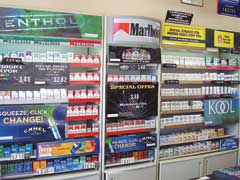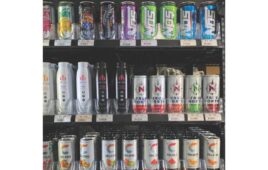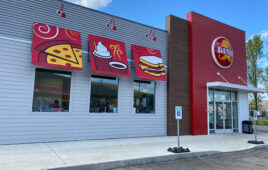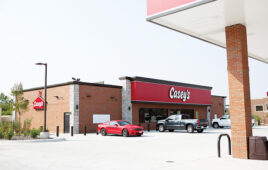For all the controversy surrounding cigarettes and increased local and federal taxes, cigarette sales fared well in 2010, according to SymphonyIRI Group.

Even in the face of federal and state taxes, cigarette sales were up 5.21% in 2010.
For the 52 weeks ended Dec. 26, 2010, cigarette sales totaled more than $53.5 billion, up 5.21% from the pervious 12 months. Units sold increased 1.52% to slightly more than nine billion. The average price per pack in U.S. convenience stores jumped 21 cents to $5.94.
As the U.S. Food and Drug Administration (FDA) Center for Tobacco Products (CTP) begins to implement the Family Smoking Prevention and Tobacco Control Act, the tumult surrounding tobacco at retail shows no sign of abating. For example:
• The Justice Department was in a new dispute with the tobacco industry this winter over the government’s landmark lawsuit, this time involving corrective statements it wants the companies to make about health hazards.
• By a vote of 36 to 11 in early February, the New York City Council approved a bill to ban smoking in all city parks, beaches and pedestrian plazas. This is just one of a growing number of cities that are eliminating places where adult smokers can enjoy a cigarette in public.
Thomas Briant, executive director of the National Association of Tobacco Outlets (NATO), told Convenience Store Decisions that the government was being, to say the least, intrusive. “We have seen just in the past five months the FDA take a very activist role in rolling out their regulations.”
The future of cigarette retailing depends largely on the retailers themselves, suggested Andrea Myers, executive vice president of marketing for Kocolene Marketing LLC, the Seymour, Ind.-based operator of 12 Fast Max c-stores and 19 Smokers Host tobacco stores. For example, stocking lower-priced, fourth-tier products, can help attract price-conscious smokers.
“We play heavily in the fourth-tier game in our tobacco stores,” said Myers. “We carry probably 6-8 brands that are very aggressively priced, and our volume in the tobacco stores is only down 2-3% compared to the year prior.”
Double-Edged Sword
Gary Tabor, director of marketing for Jay Petroleum Inc., which operates 35 Pak-A-Sak locations throughout east central Indiana, and west central Ohio, sees the tobacco category at retail in a state of “continual, slow decline” due to continued pressure on pricing, taxes and restrictive legislation.
But Damocles’ sword is double-edged, Tabor noted. “Obviously, some segments of the other tobacco category should pick up, as a result of the increased retail pressure on the prepackaged products. We’re seeing slight increases in the moist snuff category.”
The industry has already seen some operators opt out of the cigarettes business, along with some supermarkets, over these issues. Others are sticking to only major brands, packs and styles as cost and tax increases make it difficult to manage an inventory.
Myers urged c-store operators to stay on top of the emerging legislation. “Know your representatives, have a relationship with them and fight back every time something comes at us,” she said. “That way we can keep cigarettes visible, keep advertising and keep signage up as long as we can. Just keep pushing back.”
Is it a war that c-stores can win? “Yes,” Myers concluded. “Absolutely. The worst thing retailers can do is nothing, just sit there and let it happen. Don’t treat this as if it’s the end of the world. It’s not.”




